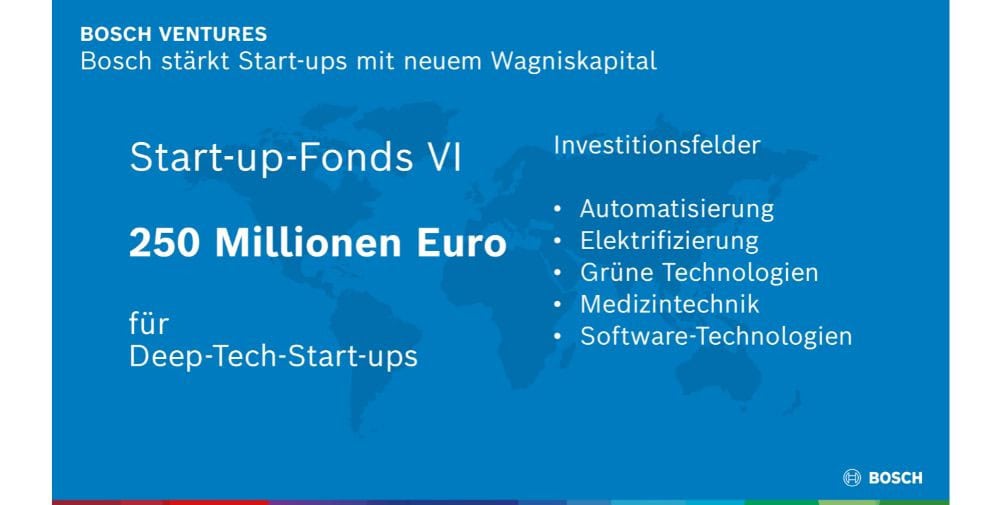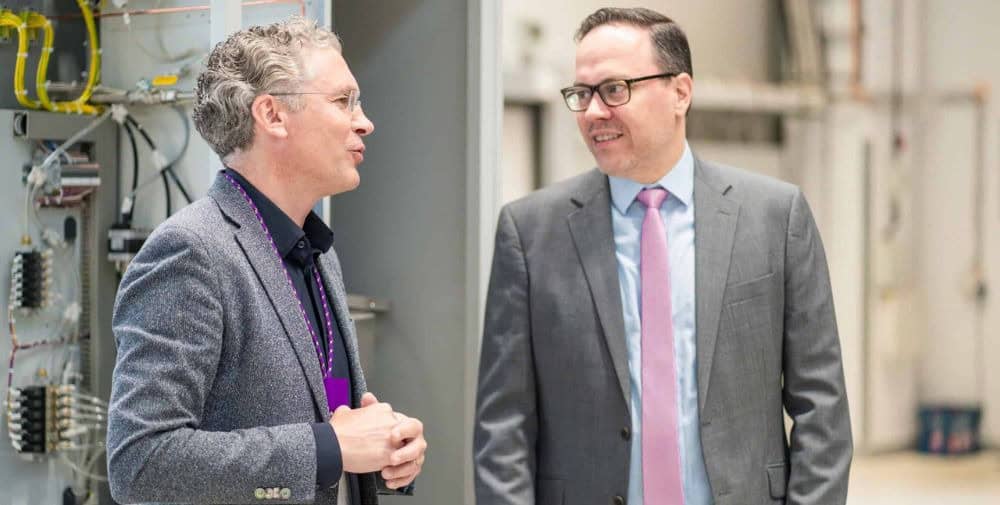
“With today’s entry into force of the European chip legislation, Europe is taking a decisive step forward in determining its own destiny,” stresses EU Internal Market Commissioner Thierry Breton. “Investment is already underway, combined with significant public funding and a solid regulatory framework. We are becoming an industrial powerhouse in the markets of the future, capable of supplying us and the world with mature and advanced semiconductors. Semiconductors that are essential building blocks for the technologies that will shape our future, our industry and our defense base.”
Semiconductors are the essential building blocks of digital and digitized products. From smartphones and cars to critical applications and infrastructure for healthcare, energy, defense, communications and industrial automation, semiconductors are central to the modern digital economy. They are also at the heart of strong geostrategic interests and the global technology race.
Three pillars of the European Chips Act:
1. Pillar: Knowledge Transfer from Lab to Manufacturing
The first pillar – the “Chips for Europe” initiative – strengthens Europe’s technological leadership: it facilitates knowledge transfer from lab to manufacturing, bridges the gap between research and innovation and industrial activities, and promotes the industrialization of innovative technologies by European companies. The Chips for Europe initiative will be implemented primarily by the Chips Joint Undertaking.
The initiative will be supported by EU funding of €3.3 billion, which is expected to be complemented by funding from member states. Specifically, these investments will support activities such as the establishment of advanced pilot production lines to accelerate innovation and technology development, the development of a cloud-based design platform, the establishment of centers of excellence, the development of quantum chips, and the creation of a chips fund to facilitate access to debt and equity capital.
2. Pillar: Investment in production facilities for chipmakers and their suppliers
The second pillar of the European Chip Bill incentivizes public and private investment in production facilities for chipmakers and their suppliers.
It sets a framework to ensure security of supply by attracting investment and increasing production capacity in semiconductor manufacturing. To this end, it establishes a framework for integrated manufacturing facilities and open EU foundries that are unique in the Union, contributing to security of supply and a resilient ecosystem in the interest of the Union. The Commission has already indicated at the time of the chip bill proposal that state aid for original equipment manufacturing facilities can be granted in accordance with the Treaty on the Functioning of the European Union.
3. Pillar: Coordination Mechanism between Member States and the Commission
Under the third pillar of the European Chip Bill, a coordination mechanism between Member States and the Commission has been established: to strengthen cooperation with and between Member States, monitor semiconductor supply, estimate demand, anticipate shortages and trigger a crisis phase if necessary. As a first step, a semiconductor warning system was established on April 18, 2023. It allows all stakeholders to report disruptions in the semiconductor supply chain.
Next Steps
Also today, the regulation on the Joint Undertaking (JU) for chips enters into force. This will allow implementation of the most important part of the Chips for Europe initiative to begin. In addition, the Chips Fund will also start operating. The entry into force of the Chips Act also marks the formal start of the work of the newly established European Semiconductor Committee. It will be the main platform for coordination between the Commission, Member States and stakeholders.
Under the second pillar, industry will be able to apply for Integrated Production Facility (IPF) or Open EU Foundry (OEF) status for planned initial equipment. This status will allow these facilities to be built and operated in the Union. This will allow for a more streamlined approach to administrative applications and permit issuance. This status also requires that these facilities meet criteria that ensure their contribution to EU objectives and their reliability as chip suppliers in times of crisis.
– – – –
Further links
👉 www.bmbf.de
Photo: European Commission




